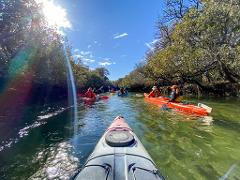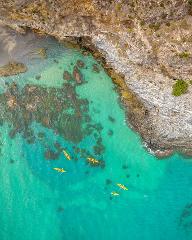z -Kayak Rolling and Rescue Course
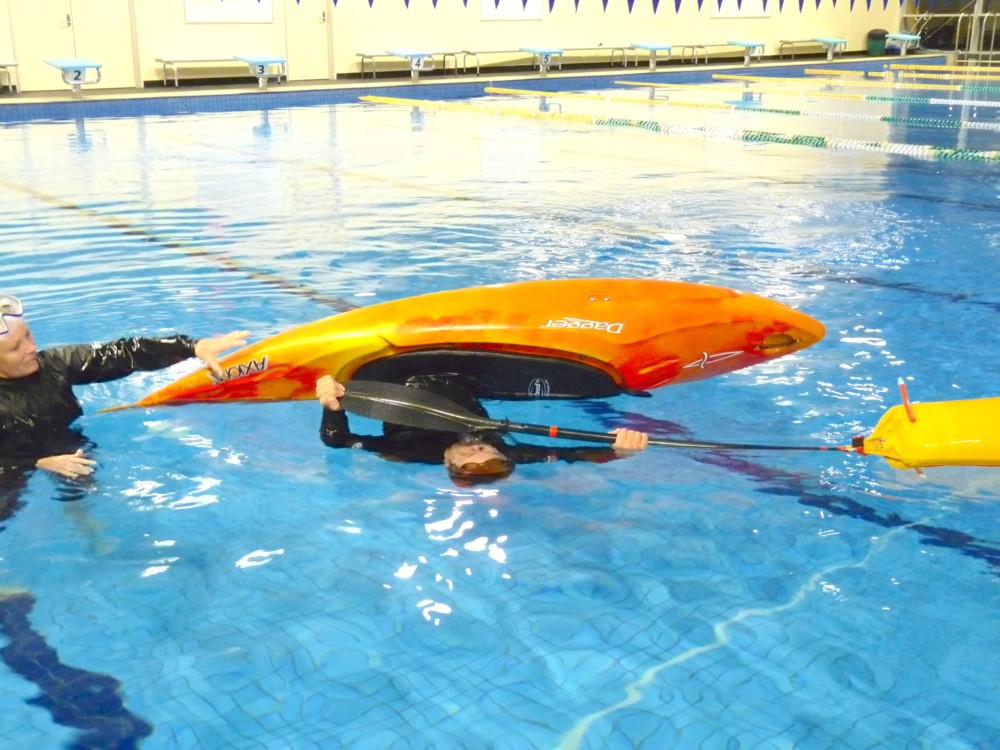
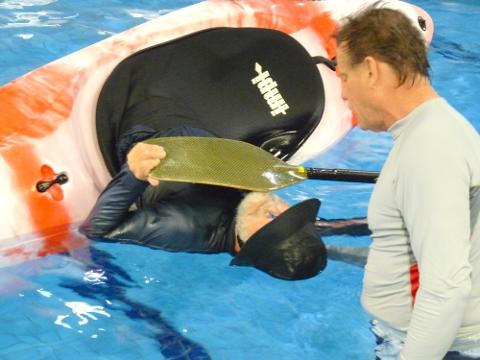
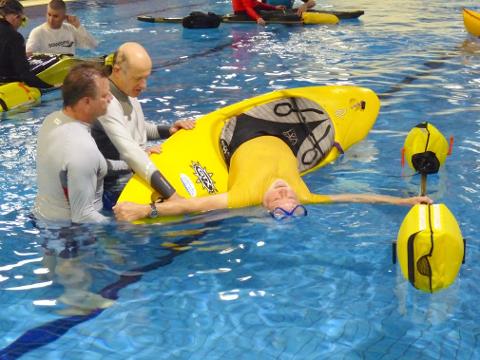
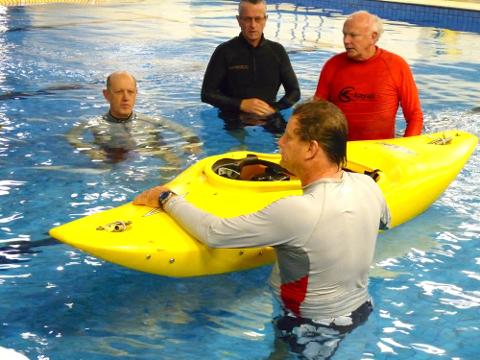
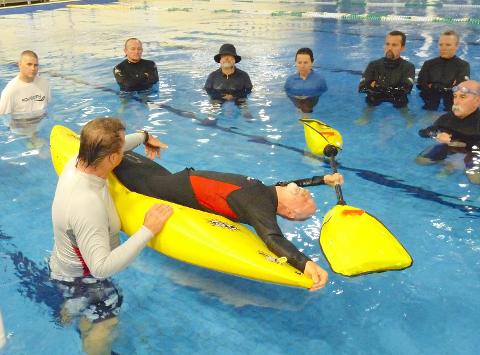
- Duration: 120 Minutes (approx.)
- Product code: RINST
Learning the very impressive skill of kayak rolling is easy and fun in our course. In this course the latest training methods are applied to the ancient art of kayak (Eskimo) rolling ensuring that you not only develop sound and safe technique but have a lot of fun along the way. Several other forms of self-rescue are also included.
COURSE LENGTH
Our course uses the latest instructional methods that gradually introduce the specific movements of the rolling action. The course consists of 90-minute session and we highly recommend following this with another supervised practice session. These can be booked by calling's us on 08 8472 0922 or sending an email enquiry to bookings@adventurehubssa.com.au.
SESSION INFORMATION
The session is conducted using one kayak between two people for safety and to facilitate successful training techniques...best to book with a friend!
The content of the session may include
• Adjusting your cockpit for comfort and control
• Core warm-up (see comments later)
• Capsize with partner to rescue (building confidence)
• Capsize and "wet exit" for safety
• "Cowboy" or scramble self-rescue for building confidence and balance
• Kayak roll progressions
• Low and high brace
• Drills that can be done to build fitness and confidence
ESKIMO ROLLING
The skill of eskimo rolling, more correctly kayak rolling, involves righting a capsized kayak without exiting the boat. Roll training is great for kayaking and water confidence. The dreaded unplanned capsize and swim is always in the back of a novice or intermediate paddler's mind and this can really detract from the pure joy of kayaking. Knowing what to expect, being practised and having a few options will quickly get rid of tension and apprehension as well as making you much less likely to capsize because you will be relaxed!
In teaching rolling we begin with activities that build the water confidence, balance, core strength and flexibility required for rolling. The best first roll to learn is the Greenland or Layback Roll. It requires the least flexibility, strength and refinement to bring you upright consistently. If you intend to do white water kayaking, surfing or just for fun there are a variety of other rolling methods that can also be learnt.
YOU WILL NEED TO BRING
• Suitable clothing; board shorts over bathers and a rash top or light thermal top. If you feel the cold a wetsuit is recommended or can be hired. Please let us know when booking.
• Diving or swimming goggles (these can be provided).
• Drink
GENERAL INFORMATION ABOUT LEARNING TO KAYAK
People have many and varied opinions on the skill of Eskimo (Kayak) rolling. One is that it is a difficult skill and learnt by more experienced kayakers only. The basic action of rolling is relatively simple and is easily learnt. There are however several serious barriers to learning. There is no reason why rolling cannot be one of the first kayaking skills learnt by a novice. That is the way the Eskimos approached it, for them it was an essential and lifesaving skill!
It is often stated that it is the best self-rescue method and everyone who paddles on the moving water or sea must learn it. Our view is that it is just another skill that makes kayaking so much fun and regular rolling training is a great way to keep fit, flexible and develop great core strength and water confidence.
When performed by a fit, flexible and trained paddler it is the best self-rescue method by far. When attempted by a rolling novice in real conditions where fitness and refinement is absent it is a good way to dent your confidence and do serious injury that could stop you paddling then and there! Learn this skill from a professional kayak educator....Adventure Kayaking SA!
The basic action of rolling is relatively simple and is easily learnt. There are however several serious barriers to learning.
New skills are learnt by adding the specific new movement to something we can already do well. There is nothing in or normal lives or other sporting skills that is like the action of rolling. This makes initial development of the skill hard for some.
Humans have an innate fear or anxiety with being underwater for obvious survival reasons. This anxiety affects us in many ways. The most obvious is the rapid depletion of oxygen stores in the body and the ensuing rush to get back above the water at all costs...not desirable if you want to spend some time under water setting up for a roll. When panicked or tense injuries are more likely to occur. In this panic state our muscles may involuntarily produce survival movements that just aren’t going to allow rolling! Our methods are easy on the body and full capsize is introduced slowly as your confidence grows.
Rolling requires quite specific flexibility and strength. The spine, particularly the lower back and neck, must be flexible and strong. The more flexible the easier it is to roll. The core muscles of the truck, stomach, side and back must be well developed along with the shoulders. If these specific fitness components are poor rolling in a controlled environment may be possible but not advised in real conditions. It may be necessary to build this fitness by a tailored program before rolling is possible. To be a proficient roller this fitness must be maintained, and regular rolling training conducted. If you are tight/sore in the upper legs, back or neck consult a health professional about a stretching and strengthening program before booking this session.
BEFORE ATTENDING YOUR LESSON
A couple of good starting points for your journey! View the following web pages and video clips produced by highly competent rolling coaches from overseas whose methods are similar to ours.
• You require good core strength and mobility; this is discussed and activities given at: QajaQ Rolls.
• Helen Wilson gives a very brief overview of some of the activities we use in our lessons at: Simplifying the Greenland Roll.
• Cheri Perry and Turner Wilson show present excellent tips and images in: The Kayak Roll.
• Another from one of the world's leading white water paddlers, Eric Jackson(Jackson Kayaks): EJ's Rolling and Bracing Part 1.






